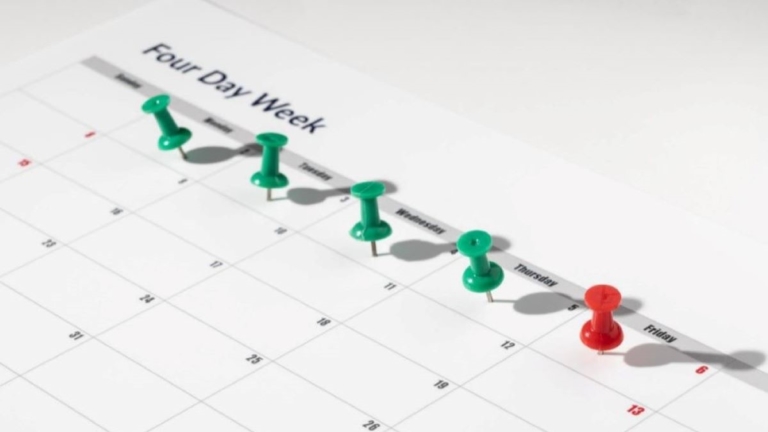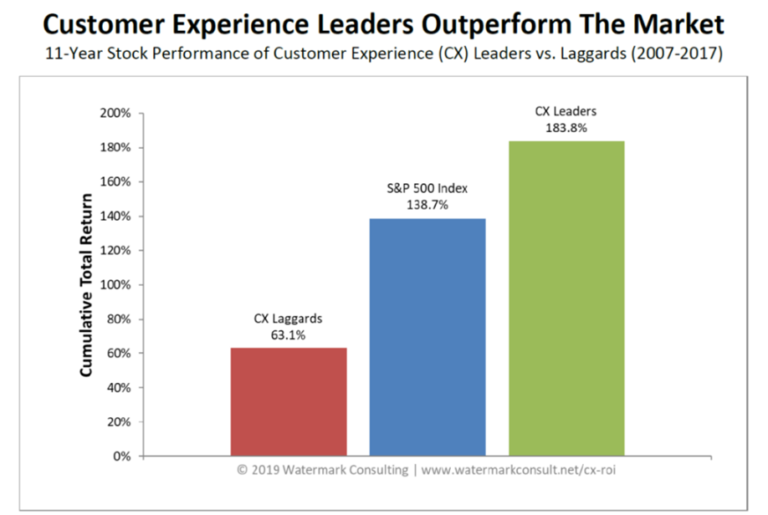Customer experience is about more than simply offering great service. It's about delighting your customers during every interaction with your brand. Driving customer-centric change within your organizational structure helps your business reach its full potential and sets you apart from your competitors.
Putting your customers at the core of your decision-making processes creates lasting customer value and loyalty, and increases profitability. Heart of the Customer shares change management best practices to help you drive customer-focused change to transform the way you do business.















